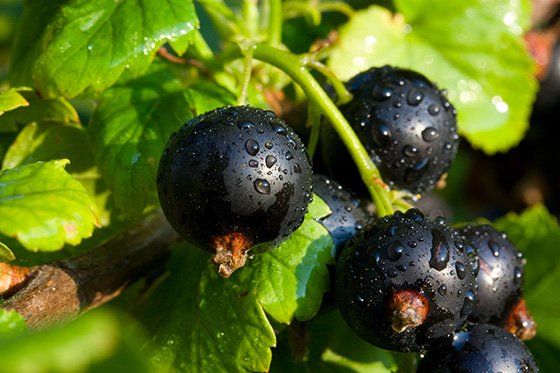The Sweet Rewards of Growing Blackcurrants: A Guide to Growing and Enjoying this Nutritious Berry
Growing blackcurrants on an allotment can be a rewarding and delicious experience. Blackcurrants are a hardy fruit that can thrive in a variety of conditions, making them an excellent choice for an allotment garden. Not only are they tasty, but they also have numerous health benefits and can be used in a variety of meals. In this blog post, we’ll explore how to grow blackcurrants on an allotment and some health benefits and meal ideas.
Growing Blackcurrants on an Allotment:
- Choosing the right location: Blackcurrants require a sunny location with well-drained soil. They prefer slightly acidic soil with a pH of 6-6.5.
- Preparing the soil: Before planting blackcurrants, it’s essential to prepare the soil. Start by removing any weeds or rocks from the soil. Next, add some well-rotted manure or compost to improve the soil’s fertility. Finally, dig the soil over to a depth of around 18 inches.
- Planting blackcurrants: Blackcurrants can be planted in the fall or spring. Space the plants about 5 feet apart to allow for proper growth. Dig a hole that’s about twice the size of the plant’s root ball and add some compost or well-rotted manure to the hole. Place the plant in the hole, backfill with soil, and water thoroughly.
- Care and maintenance: Blackcurrants require regular watering, especially during dry periods. They also need to be fertilized with a balanced fertilizer in the spring. Prune the plants in the winter to remove any dead or diseased wood.
Health Benefits of Blackcurrants:
Blackcurrants are a nutritious fruit that’s packed with vitamins and antioxidants. They’re an excellent source of vitamin C, which helps boost the immune system and fight off infections. They’re also rich in anthocyanins, which are potent antioxidants that help protect against cancer, heart disease, and inflammation.
Meal Ideas:
Blackcurrants can be used in a variety of sweet and savory dishes. Here are some meal ideas that feature blackcurrants:
- Blackcurrant Pie: This classic dessert is a great way to showcase the flavor of blackcurrants. Use fresh or frozen blackcurrants to make a filling for a pie. Add sugar, flour, and a bit of lemon juice to the blackcurrants and pour the mixture into a pie crust. Top with a second crust and bake until golden brown.
- Blackcurrant Jam: Make a delicious spread for toast, scones or pancakes by making blackcurrant jam. Simmer blackcurrants with sugar and a bit of water until thickened. Pour into sterilized jars and let cool.
- Blackcurrant Smoothie: Add blackcurrants to a blender along with yogurt, milk, honey, and ice to make a refreshing smoothie.
- Blackcurrant Sauce: Blackcurrant sauce is a delicious accompaniment to meats such as lamb, beef, or pork. Simmer blackcurrants with sugar, red wine, and some stock until thickened. Season with salt and pepper to taste.
- Blackcurrant Sorbet: Mix blackcurrant puree with sugar syrup and freeze in an ice cream maker for a refreshing and tangy sorbet.

Growing blackcurrants on an allotment is a great way to enjoy a delicious and nutritious fruit. With the right location, soil preparation, and care, blackcurrants can thrive in your garden. They’re also packed with health benefits and can be used in a variety of meals, making them a versatile and valuable addition to any allotment garden.




